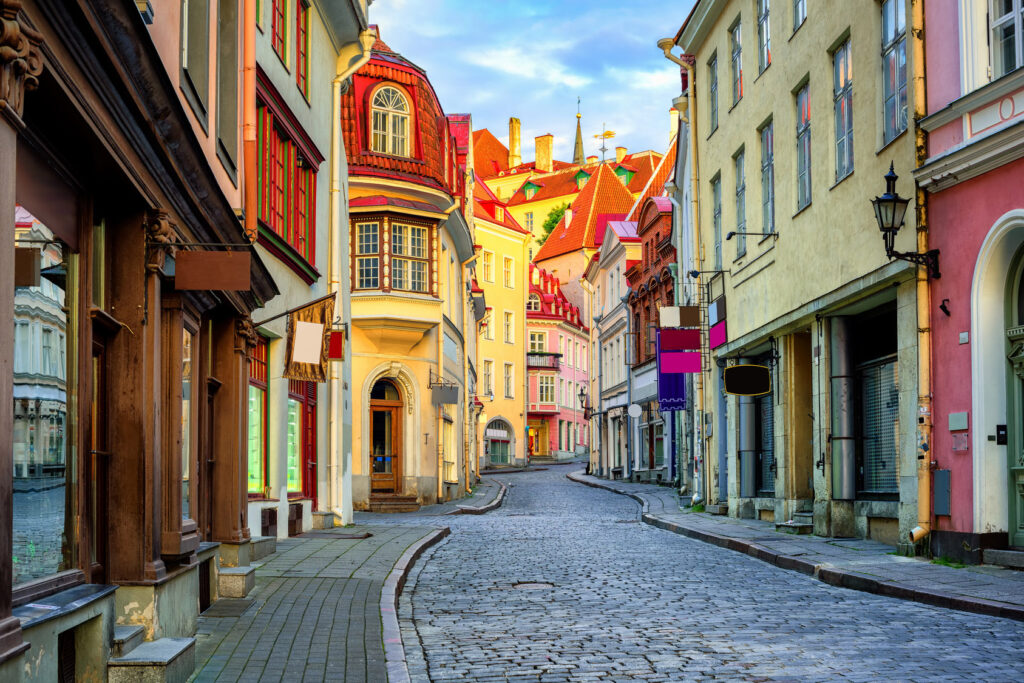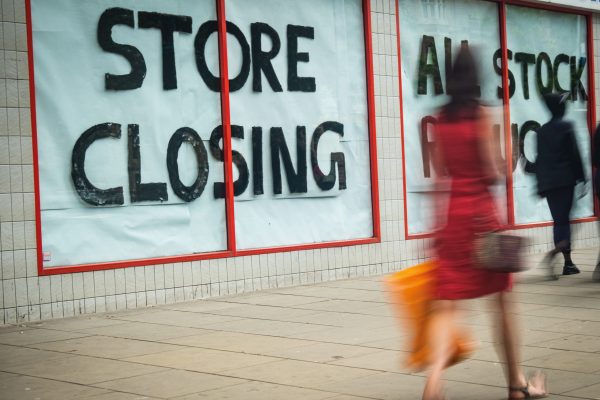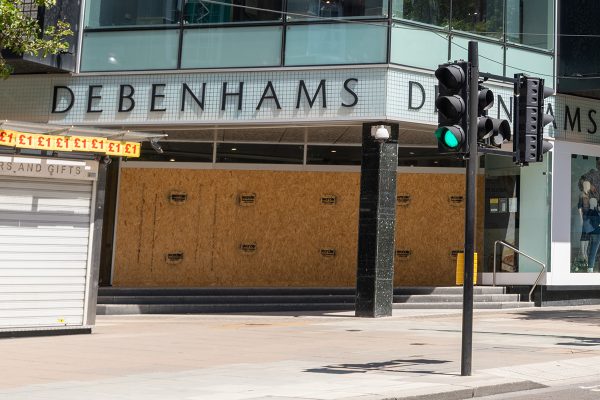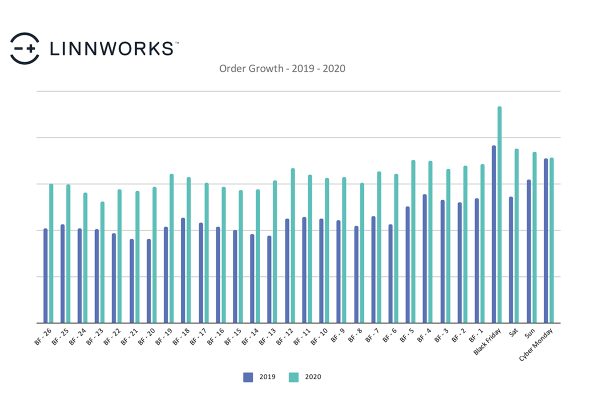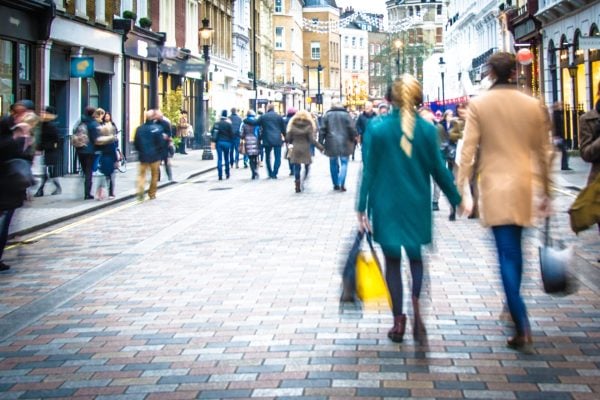 Today Matthew Robertson, Co-CEO at NetDespatch takes a look at the high street which undoubtedly faces challenges from online retailers and discusses how they can leverage their unique advantage to compete effectively:
Today Matthew Robertson, Co-CEO at NetDespatch takes a look at the high street which undoubtedly faces challenges from online retailers and discusses how they can leverage their unique advantage to compete effectively:
What can traditional high street stores offer consumers that the online retailers can’t?
I recently read an interesting report in Internet Retailing that shows the UK is leading the world in online shopping, with over a third of consumers buying online multiple times a week. I have to admit I was not surprised by these statistics and I had assumed this to be the case for some time now. Personally, I think this is down to our use and adoption of new technologies, no matter what the demographics, young and old (although clearly more of the younger, digital native, generation) and how we have embraced and regularly use different devices when making our purchases. The fact that we use a multitude of different devices to shop online – even smart watches are regularly used – is one of the key reasons and our appetite for embracing such technologies is only set to grow. I would say that shopping online here in the UK has almost become the standard, with trips to the high street starting to become the exception, or certainly the second choice.
To this point, new global research from Episerver, which surveyed more than 4,500 shoppers, found that 38% of UK consumers buy online at least once a week, more than any other region surveyed. In the US it is 26%, Benelux 22%, Australia 21%, Germany 20% and Sweden 20%. Likewise, the research also found that 34% of Brits frequently use a smartphone to make purchases, while 12% shop via a home assistant and 11% shop via their smartwatches. Episerver’s research also shows that UK consumers make more purchases via a mobile device than any other country surveyed.
As more consumers turn online for their shopping, more and more shops are leaving the high street – what does this mean for the future of our shopping centres and towns? Not only can people no longer be bothered to trek into town for their latest buys, it’s just so much easier these days to pop online and order what you like with the freedom of having next day or within a few days delivery. Let’s face it, if you can order absolutely everything and anything, from your latest wardrobe additions, right down to your food shopping and even your medication, the convenience of online shopping is starting to outweigh the overall shopping experience that the high street has to offer.
Other statistics that I recently saw from global retail analysts, GlobalData indicate that more than half of UK consumers are now shopping online, and UK online spend is forecast to increase 29.6% between 2019 and 2024.
What’s more, many online retailers even have a buy now, pay later scheme, allowing people to try on and send items back without the hassle of paying for it and having to wait for the money to re-enter their account. Likewise there are sites where you can track the prices of your favourite most-wanted items and get them at the desired price you want, when it drops, which you are unable to do with shops that are on the high-street, meaning if you choose to shop in-store you could potentially miss out on some of the best deals.
So where does this leave the high street? Clearly there is still a role for the high street but this needs to be far more experimental and offer more than the online retailers. Right now traditional bricks and mortar retailers are desperately fighting to keep pace with online competitors and I fear it is a race they cannot win if they continue to try and compete on the same basis.
But in my opinion, they do have one advantage over the online retailers – they can look at how they make shopping experiential and rework how the store is set out so that the shopper enjoys the experience. For example, Sainsbury’s is building an experiential omnichannel ecosystem, with phone branches, pharmacies, opticians, dentists and even children’s learning centres in-store, alongside branded coffee shops and restaurants. This makes it an experience and a trip out, with the convenience of the goods and – crucially – services you need all easily to hand.
There is no doubt that the high street is changing. Whether it can change fast enough and gain back its appeal will remain to be seen. What this trend also means is that delivery and the shipment of parcels is even more critical. This doesn’t necessarily mean that delivery needs to speed up, in fact we have recently commissioned some research which shows that speed of delivery is not necessarily what consumers are looking for, but it does mean that parcels need to be delivered on time, in the right place and that they meet consumer expectations. We will be releasing our research: UK Delivery Report, in the coming weeks so do look out for it.
It will be interesting to see how our high street changes shape in the years to come and how much we are still shopping on the high street versus online in 5, 10 and even 20 years – only time will tell. I’m still a fan of the high street, I believe it has its place, but it must evolve.
